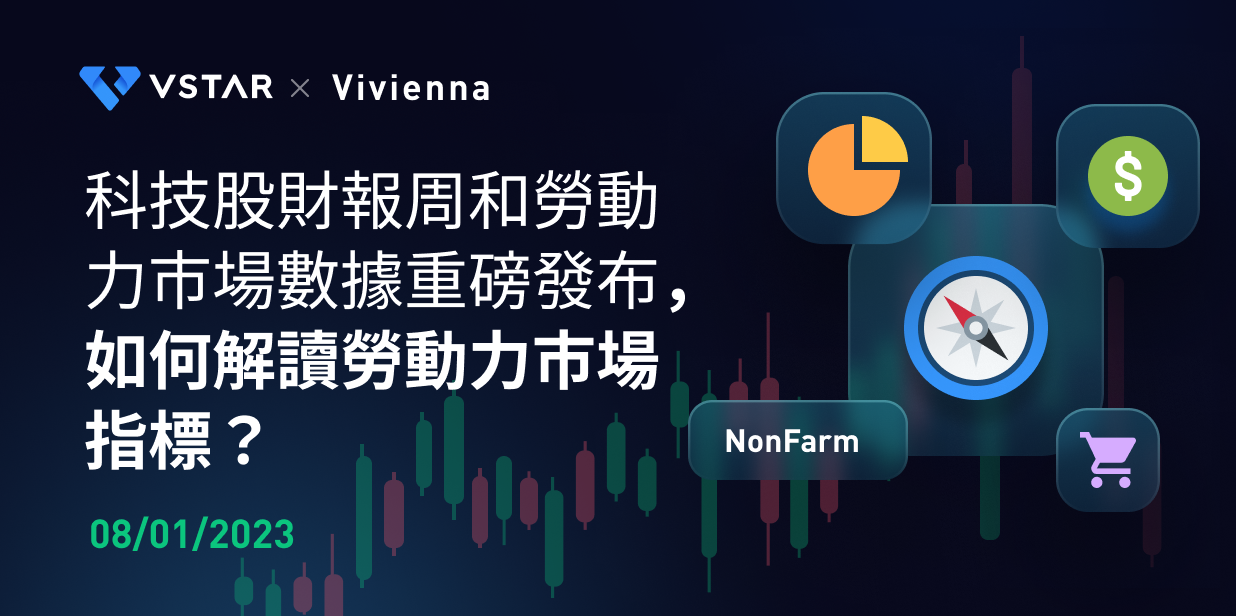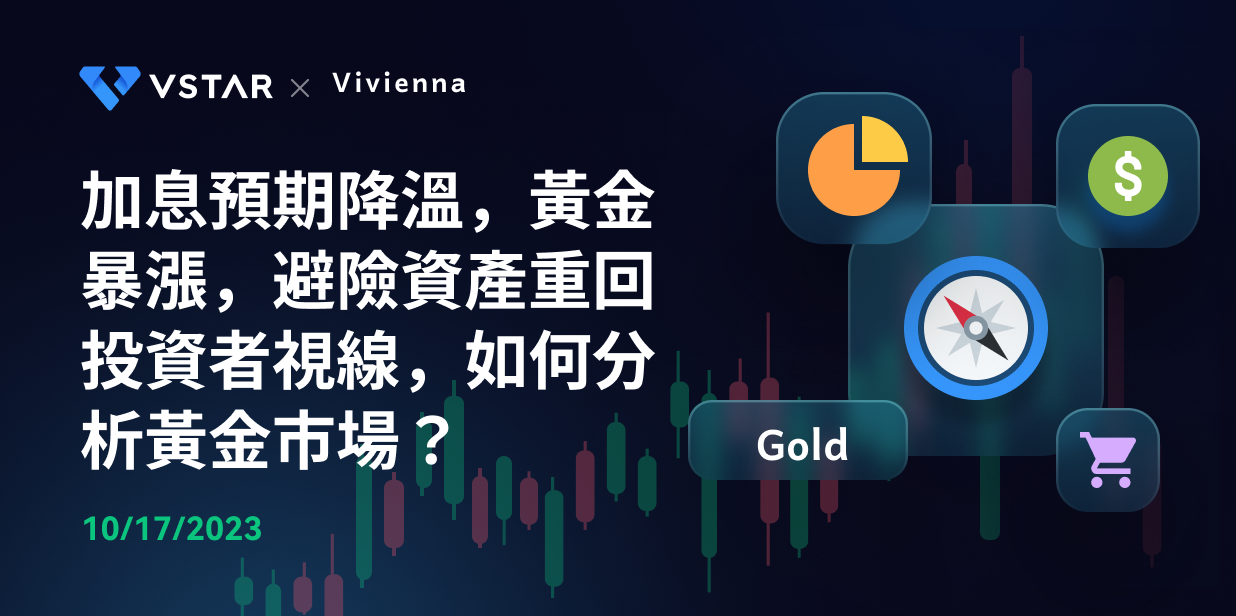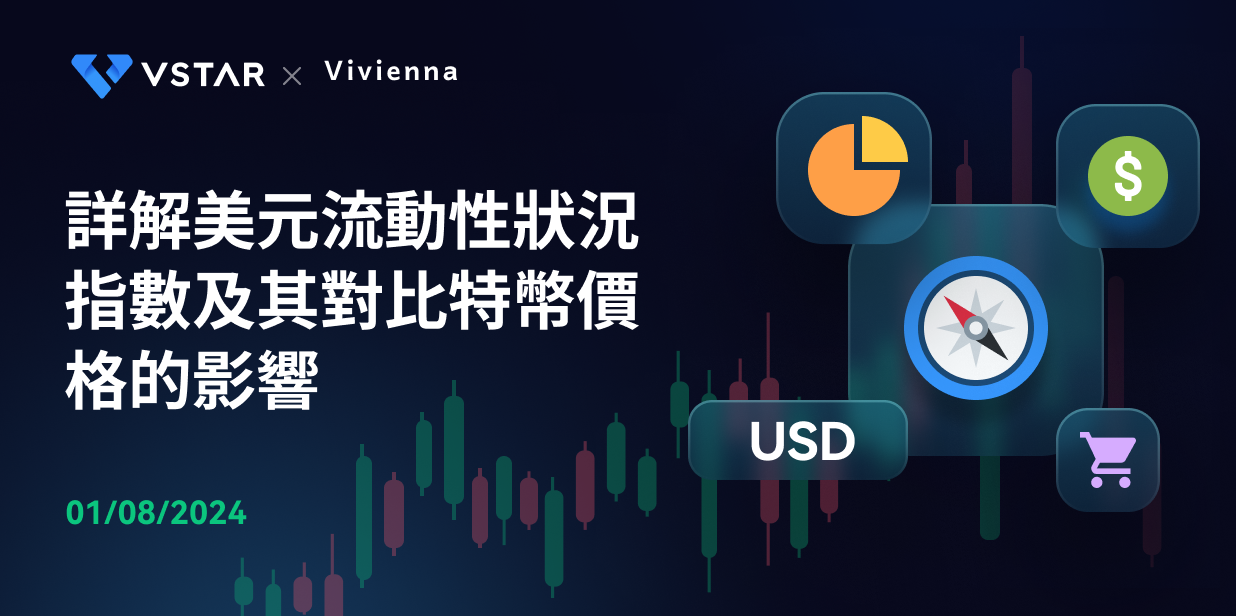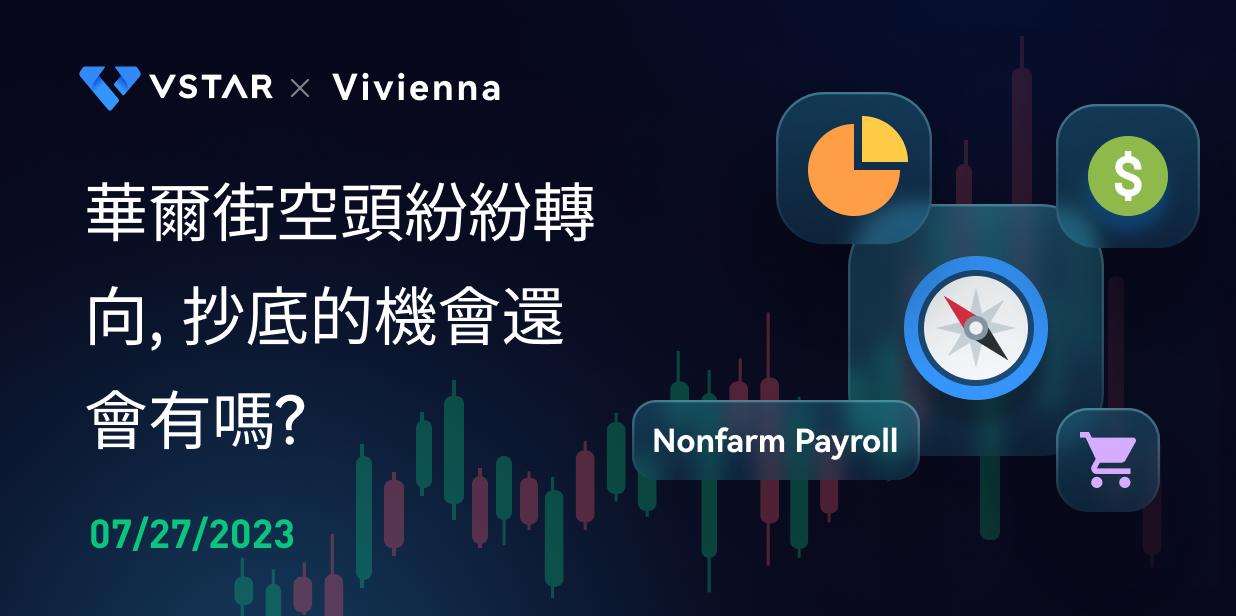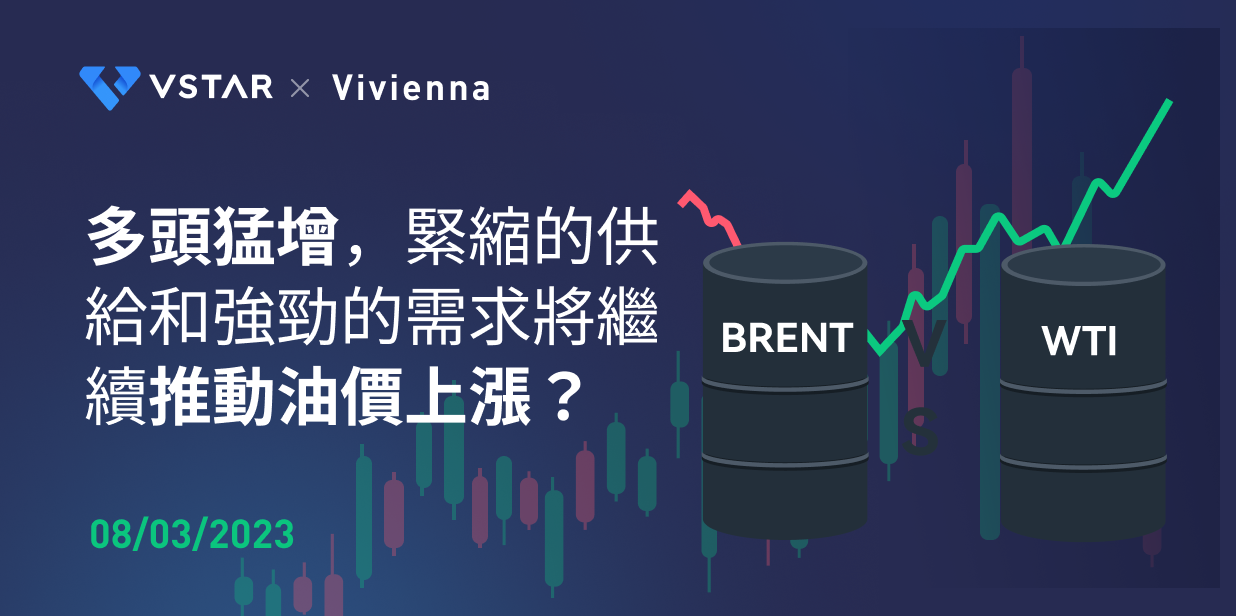美國大型科技公司(AAPL、MSFT、GOOG、AMZN、NVDA、TSLA、META、NFLX)的總市值在 2023 年反彈了 4.7 萬億美元(增長率67%); 最大的貢獻者是蘋果 AAPL ($9800億)、微軟MSFT ($8900億) 和英偉達 NVDA ($8100億)。本周(7月31日-8月4日),美股將迎來多家大型科技公司的季度財報日,其中蘋果(AAPL)和亞馬遜(AMZN)將在周四美股盤後公布業績,此外投資者還關注的有AI熱門股如超微半導體(AMD)、高通(QCOM)等。
蘋果的主要營收來自手機產品銷售,而季節性變化較為明顯,第二季度末到三季度通常是營收相對較低的財季,儘管今年蘋果推出多款個人電腦產品,但分析師仍預測蘋果的營收環比呈下滑趨勢。彭博社分析師預測,蘋果2023年第三季度經調整營收818.24億美元,經調整預期淨利潤188.19美元。
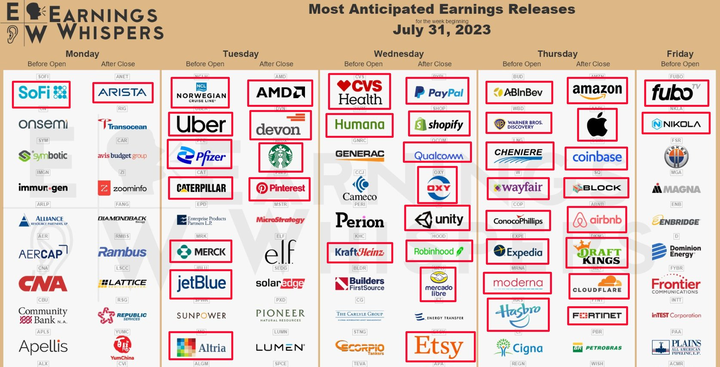
圖:本周財報日曆 來源:Twitter@Investingcom
除了財報,還有重磅勞動力市場數據的發布,包括周五的美國非農就業數據、周三的ADP就業數據、周二的職位空缺數數據、周四的初請失業金人數。
勞動力市場一直是美聯儲貨幣政策重點關注的數據,也是反應經濟晴雨的重要指標。美聯儲加息以來,大型科技企業裁員潮盛行。 2023 年過去7個月,科技公司已經裁員 223,000 人,這比 2022 年全年的科技裁員人數多了 6 萬人。
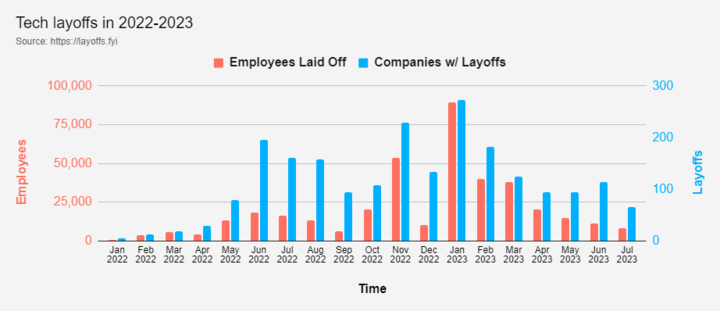
圖:科技公司離職與裁員人數 來源:Twitter@KobeissiLetter
科技企業屬於周期性、成長型企業,為公司的未來發展而進行投資,因此對於利率的變動也更為敏感。當利率上升時,公司融資難,且通脹高企造成薪資上漲,運營成本增加,因此降低運營費用,減少投資,進行裁員。對於普通投資者來說,長期跟蹤勞動力市場的數據變動有助於幫助預測經濟走勢、通貨膨脹,進而預測美聯儲貨幣政策走向,從而進行投資決策。
勞動力市場關鍵指標
非農就業和失業率
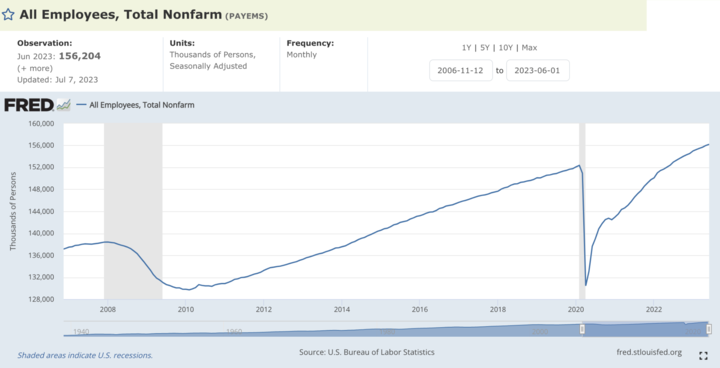
圖:非農就業自2020年衰退結束以來呈加速上升趨勢 來源:FRED
美國勞動力市場指標中的非農就業人數和失業率是兩個重要的經濟指標,用於描述和衡量美國就業狀況的情況。其中:
- 非農就業人數,指的是美國除農業部門以外的所有非農產業就業人口的總數。非農就業人數是一個反映經濟活動和就業市場整體狀況的指標。其增長通常被認為是經濟增長和就業市場健康的表現。
- 失業率,是指勞動力中正在尋找工作但目前沒有找到工作的人數與勞動力總數之間的比例。勞動力包括就業人口和正在尋找工作的失業人口。失業率是衡量就業市場緊張程度的指標,它反映了就業市場中未被吸納的閒置勞動力比例。
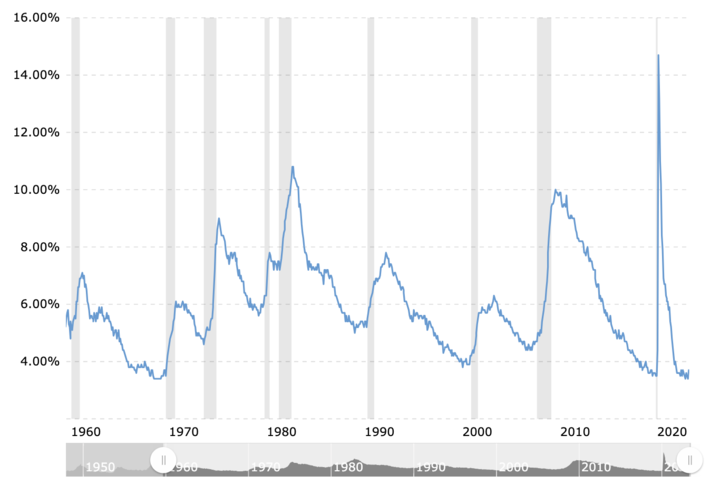
圖:美國失業率已降低到70年代以來歷史低位 來源:macrotrends
經濟增長和就業市場繁榮往往伴隨著非農就業人數的增加和失業率的下降,因為更多人被吸納到就業市場中。然而,有時候兩者之間可能出現背離,比如失業率可能出現上升,但非農就業人數仍然在增加,這可能是由於就業人口的增長速度快於就業市場的吸納能力。
職位空缺數
職位空缺數是美國勞工部每月發布的重要經濟指標之一,是衡量勞動力市場中未被填補的職位數量與總就業崗位數量之間的比例。這個指標可以幫助分析人才需求和供給的平衡程度。較高的職位空缺率意味著企業很難找到合適的人才來填補職位,可能反映了勞動力市場供給不足或技能匹配問題。而較低的職位空缺率則可能表明勞動力市場供給相對充足,企業較容易找到適合的員工。職位空缺數通常與離職率一同觀察,較低的離職率通常表明經濟相對穩健,因為員工更傾向於保留當前的工作,而不是冒險尋找新的就業機會。相反,較高的離職率可能反映出經濟的動盪,或者員工對未來前景持不確定態度。
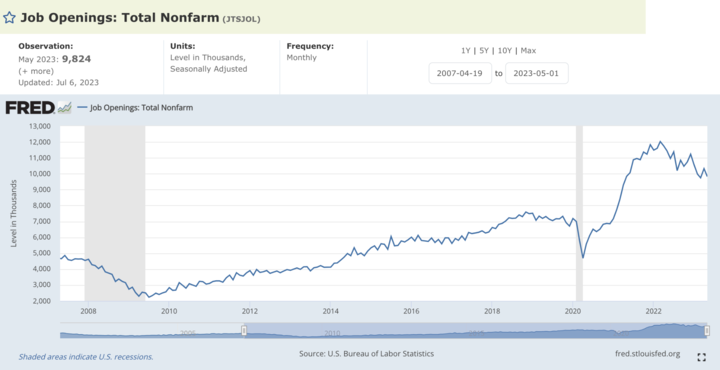
圖:最新5月職位空缺數相比2022年初的高位有所下降但仍處於歷史高位 來源:FRED
ADP就業人數
美國ADP就業數據是由ADP公司發布,它提供了美國私營部門就業人數的估計數據。該數據是通過ADP公司處理的雇主報告和薪資數據得出的,主要關注私營企業的就業情況,不包括政府部門的就業數據。通常情況下,ADP就業數據在每個月的第一個星期三發布,而美國勞工部的非農就業數據則在每個月的第一個星期五發布。因此,ADP就業數據通常會比非農就業數據先發布,提供了提前了解美國就業市場情況的線索。
每周初請失業金人數
每周初請失業金人數,指每周新申請失業救濟的人數,是衡量失業趨勢和勞動力市場波動的指標。由於每周發布,它提供了一個實時的、頻繁的就業市場指標。相較於每月發布的非農就業數據,初請失業金人數能更快地反映勞動力市場的動態變化。
要全面了解美國勞動力市場的狀況,還需要了解更多數據指標,比如:長期失業率(是指失業時間超過27周的失業人口占總失業人口的比例,反映失業問題的持續性和複雜性);平均工資增長率(指美國工人每小時的平均工資增長率,反映勞動力的薪資水平和工資壓力情況);勞動生產率(指勞動力創造的產出和所用勞動力之間的比例。勞動生產率是一個關鍵的經濟指標,反映了勞動力的效率和經濟生產力),這些數據一起,提供了全面了解美國勞動力市場狀況的視角。
菲利普斯曲線
美聯儲在制定貨幣政策時,會考慮通貨膨脹與失業率之間的關係,而遵循的理論就是菲利普斯曲線。菲利普斯曲線是由經濟學家威廉·菲利普斯(William Phillips)在20世紀50年代提出的經濟理論,它表明通貨膨脹率和失業率之間存在一種負相關關係。
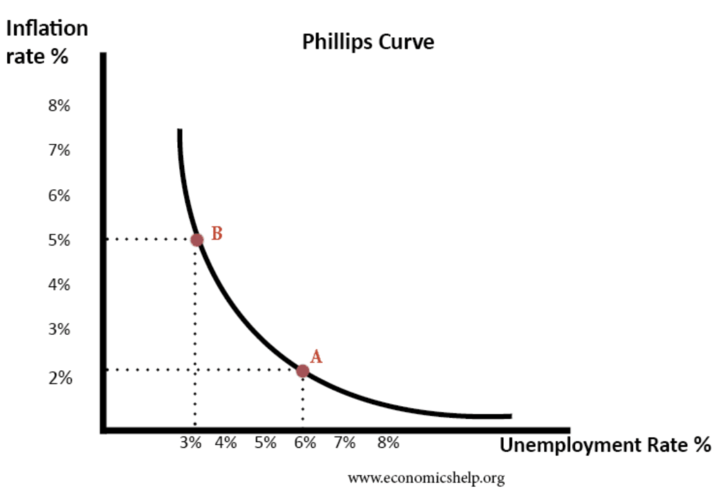
圖:菲利普斯曲線 來源:economicshelp
根據菲利普斯曲線的理論,當失業率較低時,企業可能面臨更大的勞動力供應緊張,導致工資上漲,企業將把成本上漲轉嫁給消費者,最終導致通貨膨脹率上升。反之,當失業率較高時,勞動力供過於求,工資上漲壓力較小,企業可能降低價格以吸引消費者,導致通貨膨脹率下降。
基於菲利普斯曲線的理論,美聯儲在制定貨幣政策時會考慮以下情況:
- 通貨膨脹與失業之間的權衡: 美聯儲需要權衡通貨膨脹與失業率之間的關係。如果失業率過低,可能會導致通貨膨脹加速,因此需要採取緊縮貨幣政策來抑制通貨膨脹。而如果失業率較高,可能意味著經濟不景氣,需要採取寬鬆貨幣政策來刺激經濟增長和就業。
- 長期穩定的通貨膨脹目標: 美聯儲通常設定一個長期的通貨膨脹目標,例如2%的年通脹率。通過控制貨幣供應量和利率,美聯儲試圖穩定通貨膨脹在目標水平附近,同時促進實現最大就業。
需要指出的是,菲利普斯曲線在現實經濟中並不總是穩定和精確的,實際通貨膨脹與失業之間的關係受到許多其他因素的影響,如供需狀況、物價變動、生產率等。比如,大危機之後的經濟復甦中,2012年-2019年出現了“失業率持續下降、通脹相對疲弱”的情況,菲利普斯曲線已趨於平坦,通脹對於失業率的變化不再敏感。
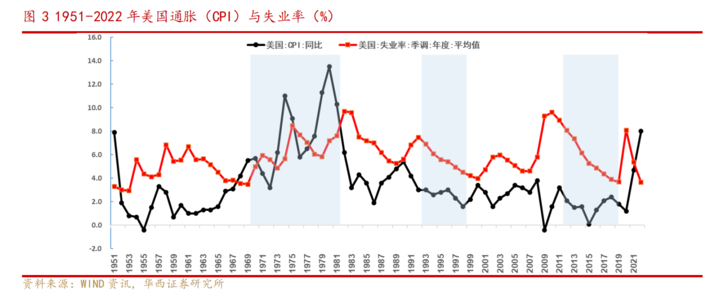
圖:美國通脹與失業率的走勢 來源:華西證券研究院
因此,美聯儲在制定貨幣政策時還會綜合考慮其他經濟指標和市場狀況,以實現經濟穩健增長和價格穩定的目標。
總結
研究美國勞動力市場對於股票投資有以下幾個指導價值:
- 經濟周期預測: 美國勞動力市場是經濟活動的重要指標之一。通過關注就業數據、失業率以及職位空缺數等勞動力市場指標,投資者可以更好地預測經濟周期的走向。經濟狀況與股市走勢之間存在一定的相關性,當勞動力市場健康且就業情況良好時,通常意味著經濟增長,這有助於股市表現較好。
- 企業盈利前景: 勞動力市場的狀況對企業的盈利前景有影響。就業市場繁榮時,勞動力供給可能較緊張,導致企業僱傭成本上升,影響盈利。投資者可以通過研究勞動力市場數據來評估企業的盈利能力和成本壓力,從而更好地選擇投資標的。
- 通貨膨脹預期: 勞動力市場緊張可能會導致工資上漲,進而推動通貨膨脹加速。通貨膨脹水平是投資者關注的一個重要指標,因為通常意味著資產價格上漲。了解勞動力市場狀況可以幫助投資者預測通貨膨脹的可能走向,並作出相應的投資決策。
- 行業和個股選擇: 不同行業和個股對勞動力市場的影響程度各不相同。某些行業對勞動力市場的敏感性較高,如零售、餐飲等勞動密集型行業。投資者可以通過研究勞動力市場數據來選擇受益於就業市場改善的行業和個股。
- 貨幣政策走向: 美聯儲在制定貨幣政策時也會關注勞動力市場的表現。通常,勞動力市場繁榮可能導致通貨膨脹上升,美聯儲可能會採取緊縮貨幣政策以控制通脹。投資者需要關注勞動力市場數據,以了解美聯儲貨幣政策的可能走向,從而作出相應的投資決策。
總的來說,研究美國勞動力市場對股票投資有助於更好地了解經濟和企業的表現,幫助投資者做出明智的投資決策,找到具有潛力的投資機會,降低風險,優化投資組合。然而,股票投資需要考慮眾多因素,勞動力市場只是其中之一,投資者還需綜合考慮其他宏觀經濟指標和市場動態,以做出更準確的投資判斷。

*免責聲明:本文內容僅供學習,不代表VSTAR官方立場,也不能作為投資建議。







